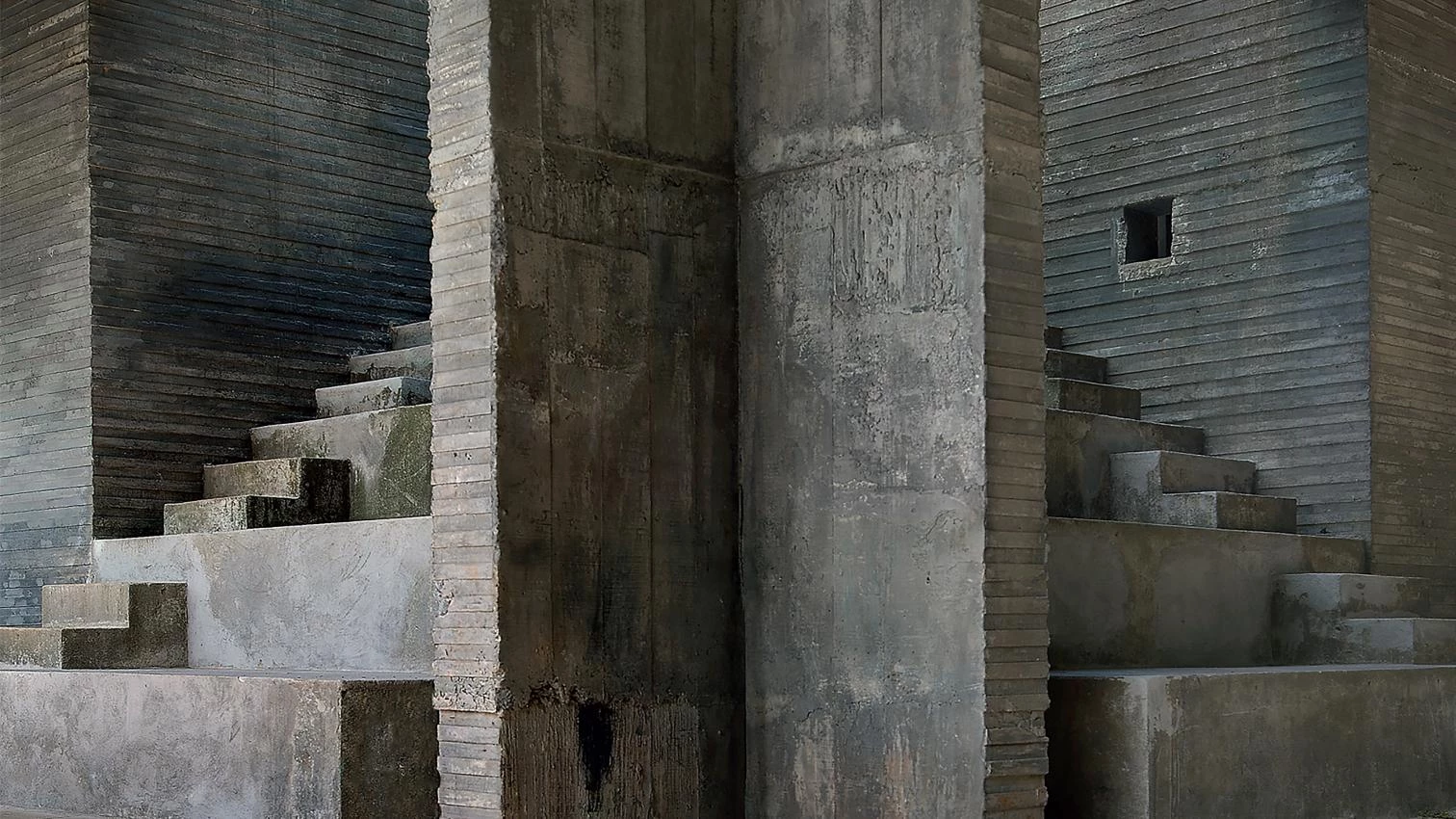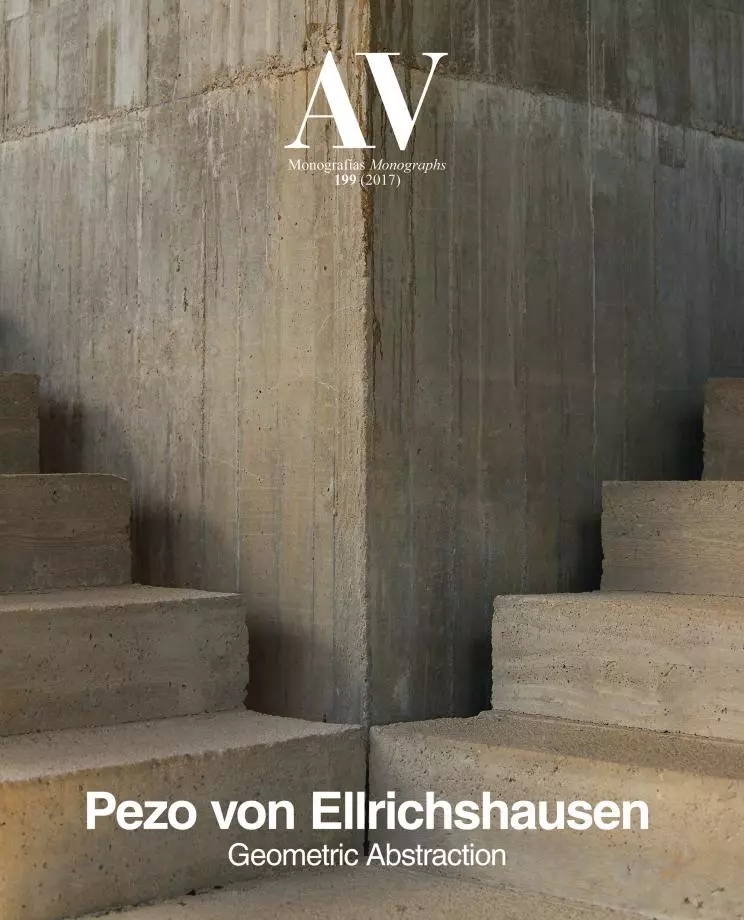The Geometric Disease

I have not met Mauricio Pezo and Sofia von Ellrichshausen, but can easily notice in them the symptoms of the disease I also suffer. The geometric obsession, stubborn repetition or an Oulipo fixation on linguistic games are indeed features of an intellectual ailment that provokes segregation of series, formal hypertrophy, and the fever of order, conditions we also endure in this magazine. We strive to create species of spaces whose abstraction shelters them from the world gales, and sometimes the world breaks into them with the vigorous violence of life. This persistent infatuation with syntactic and systemic exacerbation is a lyrical and literary disease, multiplying arbitrary rules to find the freedom that comes with discipline, and this demanding landscape supplies at once musical rhythm and analgesic sedation.
AV/Arquitectura Viva has covered the work of the Chilean architects a dozen times since 2005, but only once has it appeared illustrating a text. In 2014 we reached 30 years and 400 issues, and marked the occasion publishing in Arquitectura Viva a long piece written three decades before, ‘Thirty-two elements,’ where the 120 Doors Pavilion resonated with the House of Doors and Windows that Borges and Bioy Casares, in their Chronicles of Bustos Domecq, playfully attributed to the apocryphal master Verdussen. It seems appropriate that today, on the threshold of our 500 publications, we return to the work of Pezo von Ellrichshausen documenting 32 projects that cover their career, and that express well the passion we share – mes semblables, mes frères – for the “lucid pleasures of thought and the secret adventures of order”.
Members of the ‘serio ludere’ brotherhood, the architects propose patterns that may be shaken by the conflict between abstraction and life, but this reduction to essential geometries is what gives them poetic appeal. If our 32 elements took to the limit the exaggerated symmetry permitted by the powers of two, being grouped in four quadruple pairs, here the narration is chronological, and the 32 projects act as white stones that mark in the forest an increasingly demanding path. So I end as I did then, quoting Juan Ramón Jiménez in his American exile, who resonates well with the structures of the Chilean duo: “Destiny – yes!, through these thirty-two / windows, doors of my hive... Through them enter and exit my ideas,/through them my words and dreams / my musics, my lines,/ the waves of my existence and my being.” The geometric disease is a lyrical ailment.





